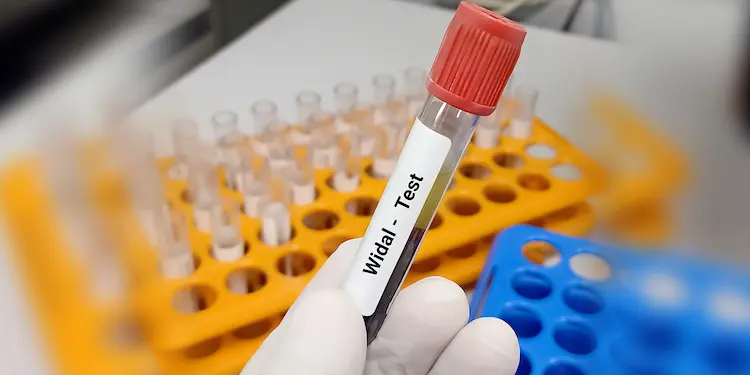Jul . 30, 2024 23:06 Back to list
Recent Advances in Typhoid Fever Testing and Management Strategies in China
Typhoid Fever in China Testing and Control Measures
Typhoid fever, a systemic infection caused by the bacterium Salmonella enterica serotype Typhi, remains a significant public health issue in many developing countries, including China. The disease is transmitted primarily through contaminated food and water, making it a major concern in areas with inadequate sanitation and hygiene practices. Effective testing for typhoid fever is crucial for prompt diagnosis, treatment, and the prevention of outbreaks.
Epidemiology of Typhoid Fever in China
In China, typhoid fever persists as an endemic disease, with various regions experiencing varying levels of incidence. According to recent reports, typhoid fever cases have been particularly prevalent in rural areas where access to clean water and sanitation facilities is limited. Although the overall prevalence has declined due to advancements in public health measures, typhoid continues to pose a risk, especially during the summer months when foodborne illnesses peak.
Importance of Testing
Rapid and accurate testing is essential for the effective management of typhoid fever. Traditional diagnostic methods, such as blood culturing, remain the gold standard for confirming typhoid infections. However, this method can take time—usually between 24 to 48 hours—before results are available, delaying treatment. Alternative methodologies, such as serological tests that identify antibodies against Typhi bacteria, have been developed but often carry limitations regarding specificity and sensitivity.
In recent years, innovations in molecular testing, particularly the use of polymerase chain reaction (PCR) techniques, have been introduced to enhance the diagnosis of typhoid fever. These molecular tests can provide rapid results, sometimes within hours, and are capable of detecting low bacterial loads, thereby improving the early identification of cases.
Challenges in Testing and Diagnosis
china typhoid fever test

Despite advancements in testing, significant challenges remain. One of the primary concerns is the accuracy of serological tests, which may yield false positives due to cross-reactivity with other Salmonella species or other infections. Additionally, there are geographic and resource disparities in the availability of advanced testing facilities. In many rural areas, basic healthcare infrastructure may lack the necessary equipment and trained personnel to conduct effective testing and diagnosis.
Moreover, the rise of antibiotic-resistant strains of Salmonella Typhi further complicates treatment and testing. Resistance to common antibiotics such as ampicillin, chloramphenicol, and trimethoprim-sulfamethoxazole has been documented, creating a pressing need for antimicrobial susceptibility testing as part of the diagnostic process.
Prevention and Public Health Initiatives
To combat typhoid fever in China, the government has implemented various public health initiatives aimed at improving sanitation, hygiene, and vaccination coverage. The introduction of the typhoid conjugate vaccine (TCV) has shown promise in reducing the incidence of the disease, especially among children in endemic areas. Integrating vaccination programs with routine childhood immunization schedules can significantly contribute to controlling the disease.
Environmental health programs that focus on improving water quality and sanitation are also essential in preventing outbreaks. Educating communities about safe food handling practices and the importance of hygiene can further help reduce transmission rates.
Conclusion
Typhoid fever remains a public health challenge in China, but advancements in testing and prevention can significantly mitigate its impact. Continued investment in healthcare infrastructure, training for healthcare professionals, and community education are vital components in the fight against this preventable disease. Through concerted efforts in improving diagnostic capabilities and public health strategies, the goal of reducing typhoid fever incidence in China can become a reality.
-
Dengue NS1 Rapid Diagnostic Test Kit
NewsMar.07,2025
-
Dengue NS1 Rapid Diagnostic Test Kit
NewsMar.07,2025
-
Dengue NS1 Rapid Diagnostic Test Kit
NewsMar.07,2025
-
Transferrin Rapid Test Cassette Tumor Marker TF Card
NewsMar.07,2025
-
Malaria Pf Pan Rapid Diagnostic Test Kit
NewsMar.07,2025
-
malaria pf / pan ag rapid test
NewsMar.07,2025

